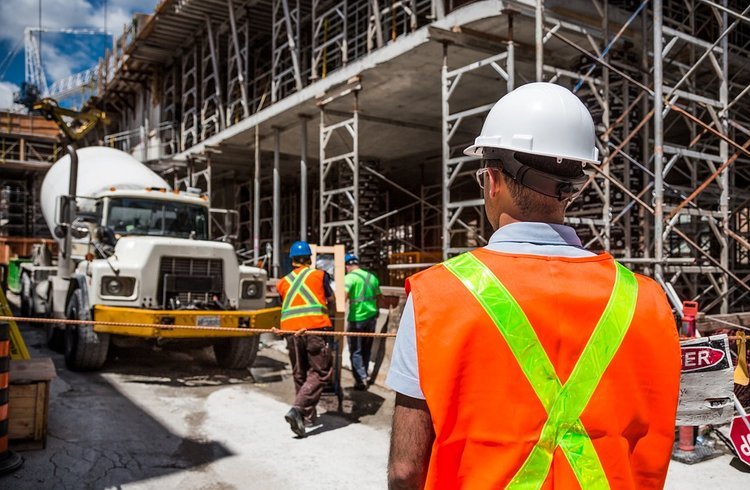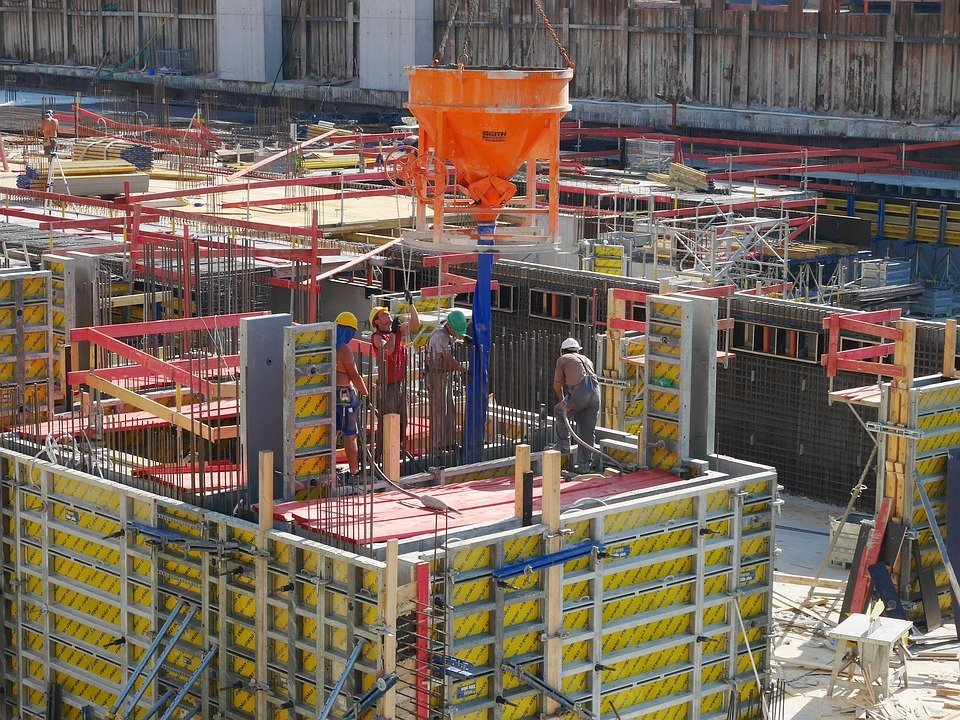Business
Financial blind spots in real estate investment decisions
Financial blind spots often times prevent sound decisions about energy retrofits in many real estate operations.

A common mistake in the energy business is that “energy” is treated as part of O&M (Operating & Maintenance) budgets and resorts under building managers, not owners, preventing proper investment decisions from being made. This issue is especially painful at the budget time, because investing money to “save” often results in the need for unrealistically short payback periods, and as a result, the long-term opportunity for asset appreciation is missed altogether.
The answer the retrofit industry has come up with is that with financing, the appearance can be created that energy retrofits can be cash-flow positive immediately, and hence can be made to satisfy the people who run by O&M budgets. This, in turn, leads to an inefficient allocation of capital with many ramifications, for the investment decision is now replaced by a financing decision: if you can afford the payments, it must be a good deal. Salespeople love this type of thinking.
The tendency is to think that only buying and selling of properties are investment decisions that involve the ownership and that everything in between those two events resorts under building operations or facilities management, who are being held accountable by various budgeting processes.
The result of this arrangement is that owners frequently miss out on major opportunities to improve asset values with energy retrofits. The reason is simple, once energy resorts under the “O&M” budget, the focus comes on reducing a budgetary expense, whereas the intra-marginal investment opportunity is often being missed altogether. In this environment, short-term-ism prevails at the expense of long-term asset values.
Why intramarginal investments are often superior
In the case of a fixed expenditure such as energy, the spending pattern is quite predictable and really varies only as a function of the underlying commodity prices and the weather, but within those limitations, it tends to be quite predictable as long as the occupancy and utilization of the property are constant.
In short, against a relatively predictable range of energy costs, one has usually limited opportunities for improving over budget, except perhaps term vs spot buying, and such minor upgrades as are sponsored by utilities as a matter of customer retention. Much less frequently a project can be done that is cash flow positive by virtue of financing and incentives and thus can survive a budget challenge. These types of projects, however, do get us into investment territory, and the ultimate criteria should be focused on the value added to the property or to the enterprise.
Once that is realized, also a much longer time horizon for investments should be in order, and the only valid criteria are then the added value (i.e. positive net present value) to the property or the enterprise. The reason these types of investments are often superior is that they are replacing a known operating cost with a fixed asset that often becomes part of the property, so they move energy from liabilities to assets, and that is balance sheet magic that goes directly to enterprise value.

Retrofitting energy outfits can drain the Operating & Maintenance budget if not done right. (Source)
Most investment decisions within a business have much more uncertainty about them and are therefore harder to evaluate. Intra-marginal investments as a class tend to offer very predictable and often very high returns and they replace a variable, but a predictable liability with a fixed asset in some form.
This is the reason why energy retrofitting is an investment decision, not an operating decision. It is also the reason why deeper retrofits can be undertaken once the investment aspect of the decision is properly ascertained and being modeled. When this is done, longer-term investments and deep retrofits will immediately become more important than the short-term retrofitting that is so commonplace today. In the investment context, a better capital allocation can be achieved.
The crisis of 2008 has shown that net-zero properties kept their value better than others, again, shifting the focus from operating to investing decisions. Evidently, how you look at the problem makes a huge difference. In the area of energy retrofitting, the games have barely begun. Some of the best opportunities lie in deep retrofits if they are properly analyzed. Since on-site generating options with solar PV, heat pumps, wind turbines have become more attractive very rapidly and continue to do so, the business of serious retrofitting is only just getting underway, but it will continue to gain traction once CFOs and owners identify the powerful opportunity for value creation they represent.
—
DISCLAIMER: This article expresses my own ideas and opinions. Any information I have shared are from sources that I believe to be reliable and accurate. I did not receive any financial compensation in writing this post, nor do I own any shares in any company I’ve mentioned. I encourage any reader to do their own diligent research first before making any investment decisions.

-

 Africa6 days ago
Africa6 days agoMorocco’s Wheat Dependency Persists Despite Improved Harvest
-

 Crypto2 weeks ago
Crypto2 weeks agoBrazil’s Crypto Boom Threatened by Surprise Tax Proposal
-

 Biotech15 hours ago
Biotech15 hours agoEcnoglutide Shows Promise as Next-Generation Obesity Treatment
-

 Markets1 week ago
Markets1 week agoCocoa Prices Drop Amid Speculative Selling and West African Supply Concerns

























You must be logged in to post a comment Login